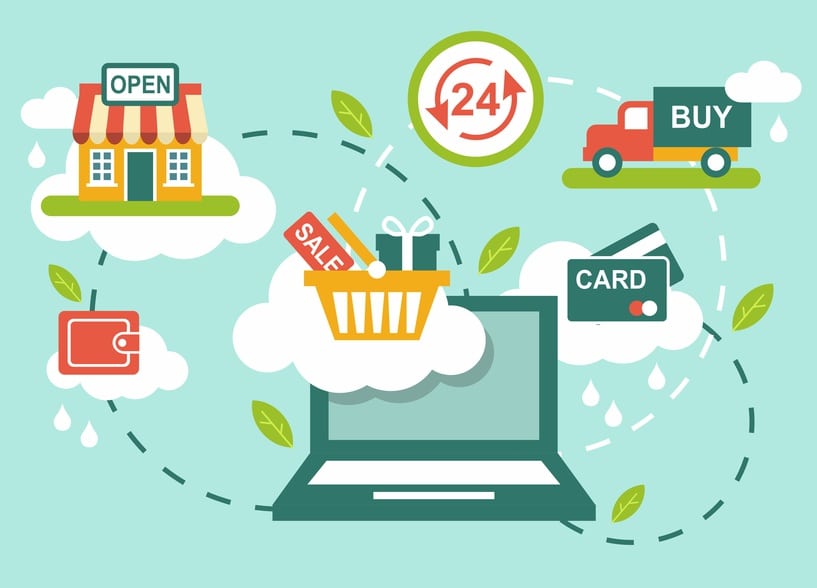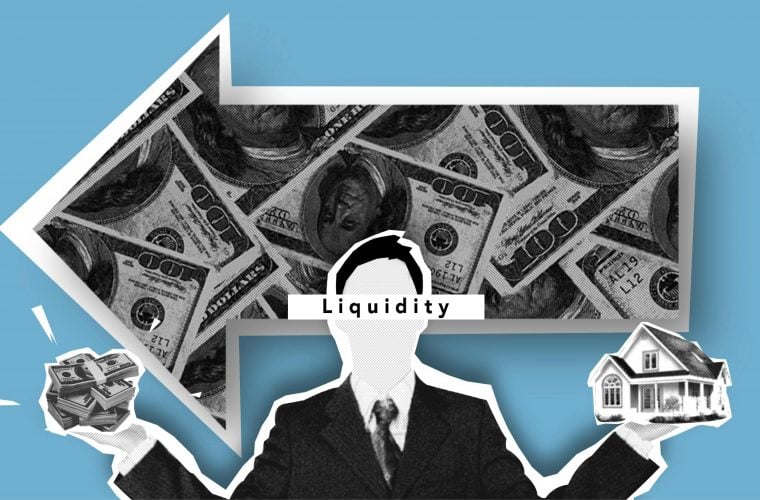
Why Does Retail Need BI Dashboards?
E-commerce has reshaped the retail industry. Vendors have access to vast amounts of data which they can use to create tailor-made offers. The best idea is to use an automated system to make sense of all the available information, a trend which began with business intelligence (BI) tools. Since people are looking for answers as fast and as intuitive as possible, the best solution is a visual dashboard which shows in real time the most critical information, including stocks, transactions, trends, and even bottlenecks along the sales funnel.
The motivation behind adopting these new tools is simple: efficiency. Just think about all the possible data sources which can influence the retail process: structured sales and inventory, client reviews, social media hype, CCTV footage from brick and mortar stores and many more, like Beacon-generated information. It has become almost impossible for individuals to take quick and documented decisions based on all these inputs. That is when a visual dashboard comes into play. It’s a tool which interconnects data and generates results which can be understood at a glance and trigger reactions. Also, it allows the ability to drill down into the data layers and look at the performance of specific products, regions or agents. You can just create some macros and have them automatically updated with the necessary frequency. Long gone are the days of generating the same reports every week, by hand.
Why Are Dashboards Strategic Tools?
Online retail and BI dashboards are a perfect match due to the fact that browsers collect a wide array of data about users which can be used for profiling. These include location, time of accessing, the duration spent in the e-shop, and drop-off points. These are already recorded in Google Analytics, ready to be imported in most platforms through a simple plugin. This is a massive step in strategy since customer segmentation is no longer done on arbitrary criteria but on substantial, real-world evidence. Now, it all becomes a matter of asking the right questions.
Can A Dashboard Help Tell The Future?
Every retailer wants to know what are the next trends and where is the market heading to. Predictive modeling can help do that by analyzing past sales data, looking for seasonal variations and identifying possible danger zones. Such an analysis can highlight the need for more working capital, easily accessible through credit services like Crediful before the company goes into a downward spiral and reaches a liquidity crisis.
Furthermore, such a BI tool can look beyond the internal data and aggregate external information related to weather, foreign currency exchange rates, all to give the organization a complete picture of the environment it is operating in. The best part is that data will be aggregated and interconnected.
Can A Dashboard Enhance Processes?
Time is everything and putting all data in the same place helps to streamline processes. For example, a dashboard can be a great tool to keep track of the sales funnel. From listening to the client’s voice and highlighting demands and requirements to finding ways of making existing customers more loyal to the brand, each step of the process can be closely monitored.
Even basic BI tools like the Office suite brought a notable enhancement to the business world, it’s just the right time to take a step further and integrate more modern data sources like social media reviews, sentiment analysis, and more.
Are Dashboards Suitable For Brick And Mortar Stores Too?
The narrative so far seems to be in favor of the online environment, but the capacity of dashboards is not limited to e-shops. In fact, it can help raise profit margins substantially in physical shops too. For chain shops, it can aggregate data from multiple locations, keep track of inventory, highlight in-demand products by area code and direct decisions related to staffing based on busyness.
It can bring important optimization to stocks, help improve cost-effective decisions, including even closing down some of the least competitive locations. It’s all about the ability to ask the system-specific questions and getting data-driven answers.
Conclusion
All organizations are looking for ways to improve their bottom line and dashboard have a solid case. This happens in a world where customers are increasingly demanding and require tailor-made experiences. Having all the data in a centralized environment where it can be easily queried means more chances of meeting expectations, having on-point marketing campaigns and making some profit along the way.














